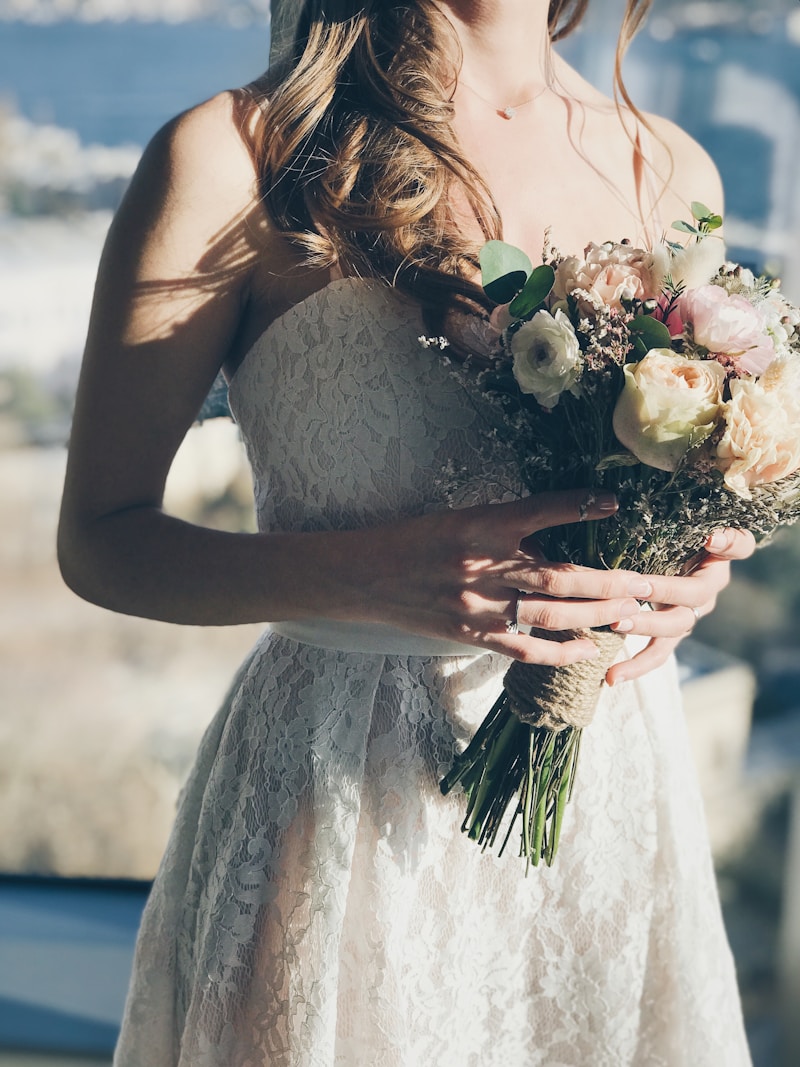Mastering Tailoring Techniques for Wedding Gowns: A Comprehensive Guide
Introduction to Wedding Gown Tailoring
When it comes to the most memorable day of a bride's life, finding the perfect wedding gown is crucial. However, selecting the right dress is only part of the equation; mastering tailoring techniques for Wedding gowns can make all the difference in achieving that dream look. In this article, we'll explore various techniques used by skilled tailors to transform a standard gown into a perfect fit that accentuates the bride's unique silhouette.
The Importance of Tailoring in Wedding gowns
Wedding gowns often come with a standard size that may not fit every bride perfectly. That's where tailoring plays a pivotal role. A well-tailored gown not only enhances comfort but also contributes significantly to the visual impact of the wedding dress.
Tailoring involves countless small adjustments that can significantly change the gown's overall appearance. From altering the hem length to adjusting the bodice, each aspect can enhance the gown's elegance. Whether it's a timeless ball gown or a modern sheath dress, proper tailoring techniques ensure the gown fits perfectly and flatters the bride's figure.
Key Tailoring Techniques for Wedding gowns
Here are some essential tailoring techniques that every bridal tailor should master:
| Technique | Description |
| Hem Adjustment | Shortening or lengthening the hem to achieve the desired floor length or train length. |
| Bodice Fitting | Taking in or letting out the bodice to ensure a snug fit around the bust, waist, and hips. |
| Strap Adjustment | Adjusting or altering straps for proper support and comfort without compromising style. |
| Lining Alteration | Adjusting the lining to match the outer fabric for a clean finish and added comfort. |
| Adding Cups | Incorporating built-in bra cups for additional support and shaping. |
| Boning Reinforcement | Adding or adjusting boning in the bodice to maintain shape and support. |
Tips for Choosing the Right Tailor
Selecting the right tailor is just as crucial as understanding tailoring techniques. Here are some factors to consider:
- Experience: Look for tailors with extensive experience in bridal wear.
- Portfolio: Review their previous work to gauge their style and skill level.
- Reviews: Check online reviews and testimonials from past clients.
- Communication: Ensure the tailor communicates effectively and understands your vision.
- Pricing: Get an estimate upfront and understand the scope of services provided.
Common Tailoring Challenges and Solutions
Tailoring Wedding gowns can be challenging. Here are some common problems and how skilled tailors address them:

Problem: Uneven hem lengths can lead to an awkward appearance.
Solution: A skilled tailor will measure the bride while she is in her shoes to ensure the hem is even and at the correct height.
Problem: The bodice is too loose or too tight, leading to discomfort.
Solution: Tailors can easily take in or let out seams and adjust straps for a more fitting silhouette.
Problem: The dress's fabric may not drape correctly.
Solution: A tailor can manipulate seams and add additional structure, like boning, to support the gown's shape.
Additional Considerations in Wedding Gown Tailoring
Beyond fit and style, several additional factors play a role in tailoring Wedding gowns:
- Fabric Type: Different fabrics respond differently to tailoring techniques. For instance, silk may require a gentler hand than tulle.
- Weight of the Dress: Heavier gowns may need more structural support, which can be achieved through boning or underlays.
- Style of the Dress: The design and silhouette of the gown will dictate the necessary adjustments.
Maintaining Your Tailored Wedding Gown
Once you have your gown tailored, maintaining its beauty is imperative. Here are some maintenance tips:
- Proper Storage: Store your gown in a breathable garment bag away from direct sunlight.
- Cleaning: Always consult your tailor for specific cleaning instructions based on the fabric used.
- Repairs: If any parts of the gown get damaged, seek professional repairs immediately to ensure it remains in pristine condition.
Conclusion
Mastering tailoring techniques for Wedding gowns is a critical aspect of ensuring the bride looks and feels her best on her special day. By investing time and effort in tailoring, brides can transform any gown into a bespoke masterpiece that fits their unique shape and style. When choosing a tailor, consider their experience and portfolio, and be clear about your vision.
Remember to address any tailoring challenges with your chosen tailor and maintain your gown with proper care. With the right techniques and care, your wedding gown will be a cherished part of your memories for years to come. Happy tailoring!